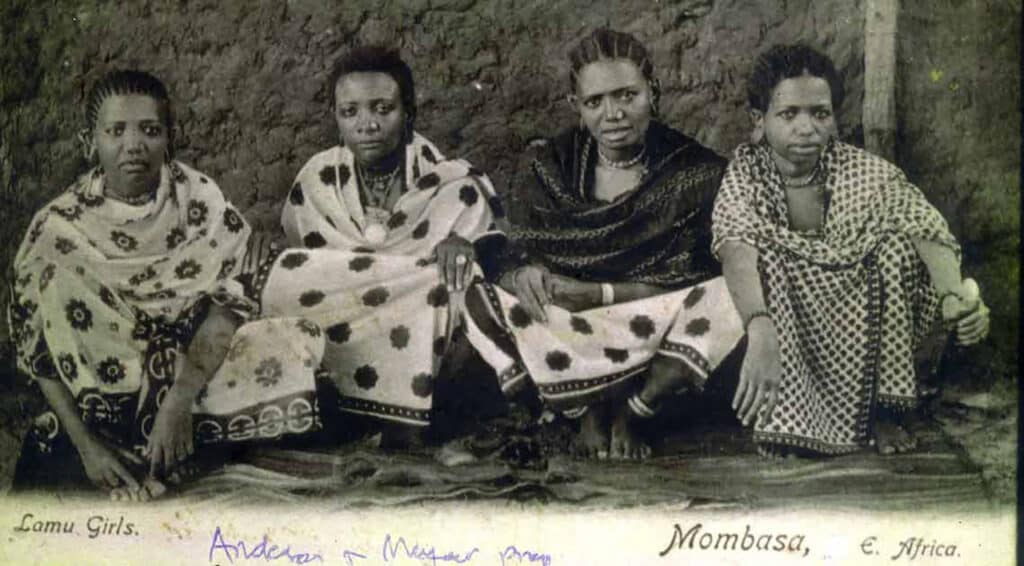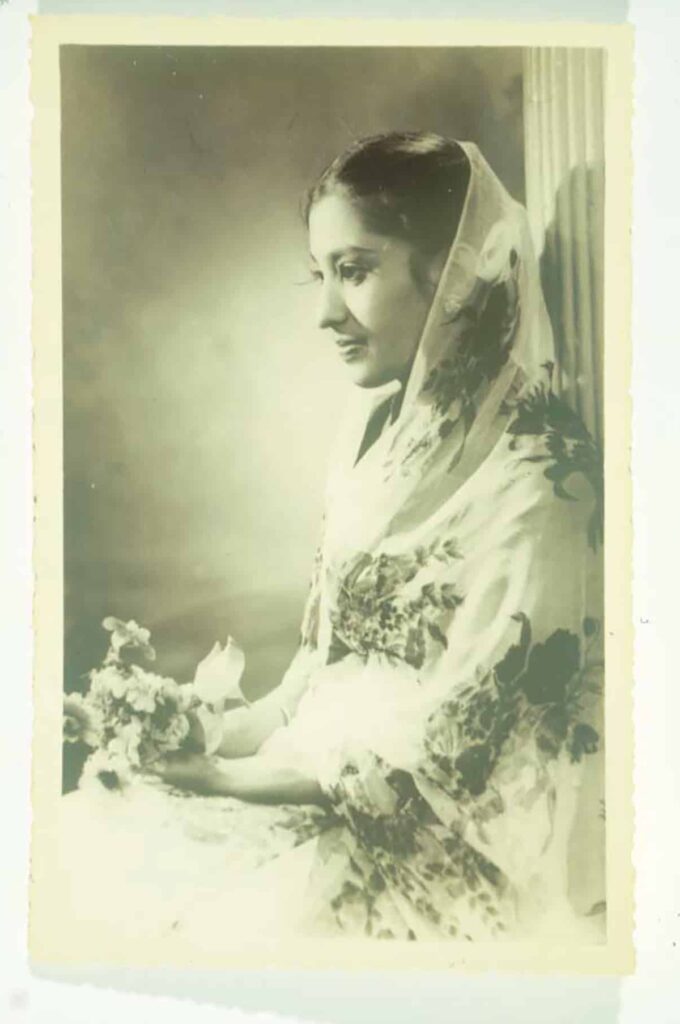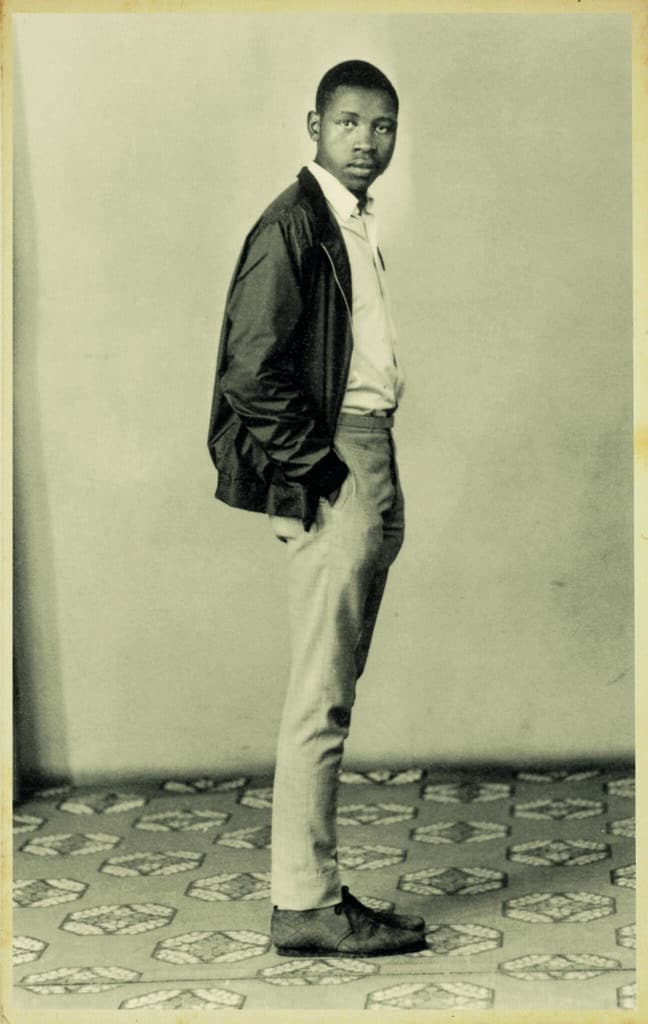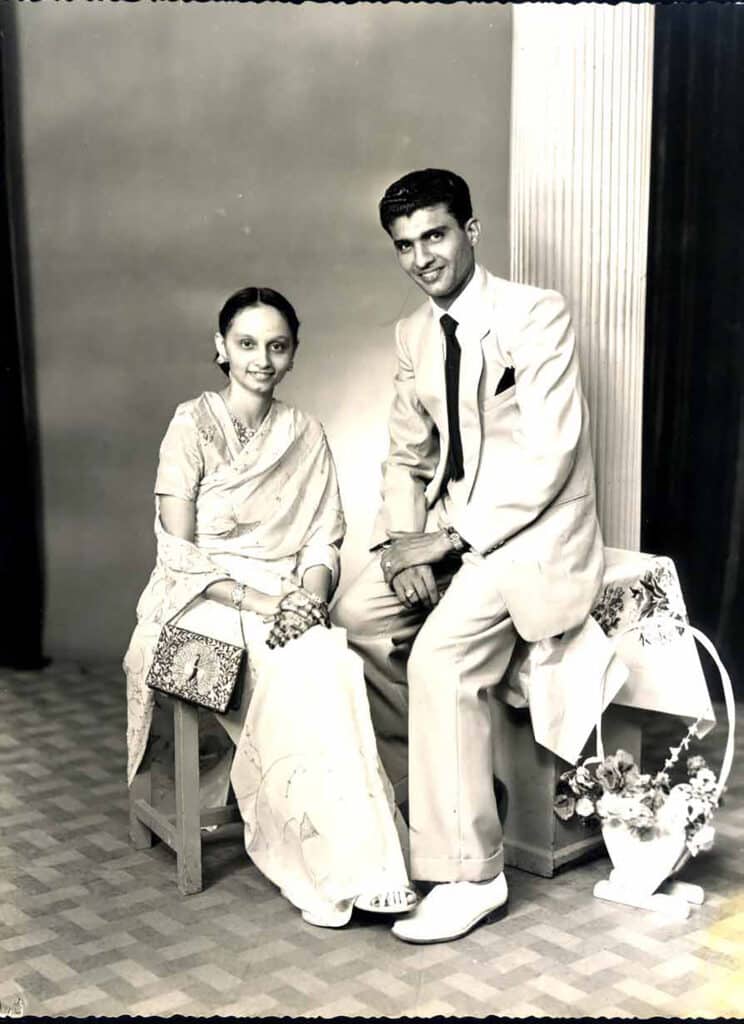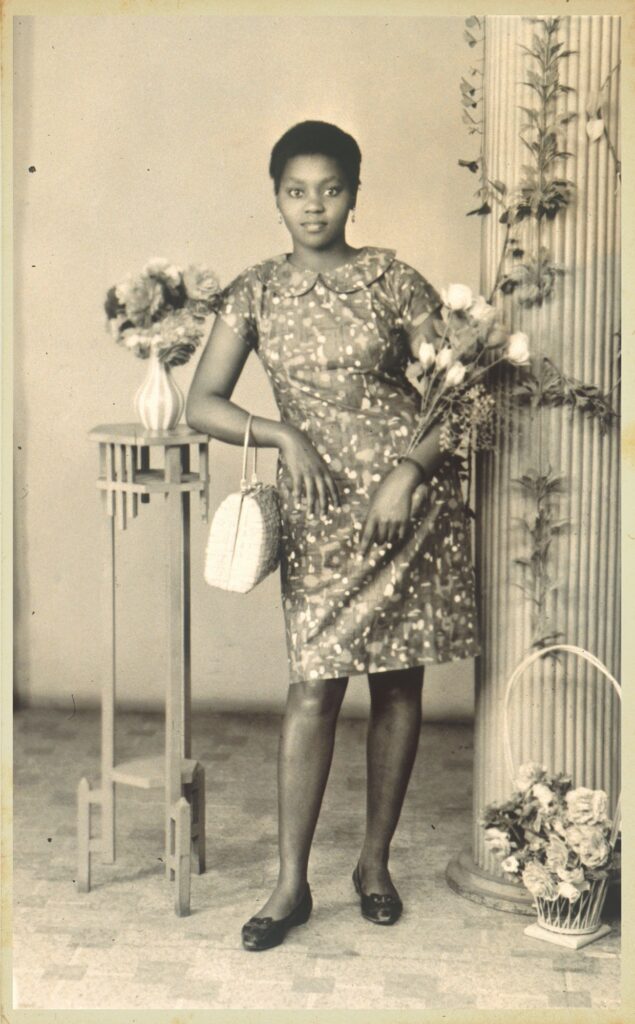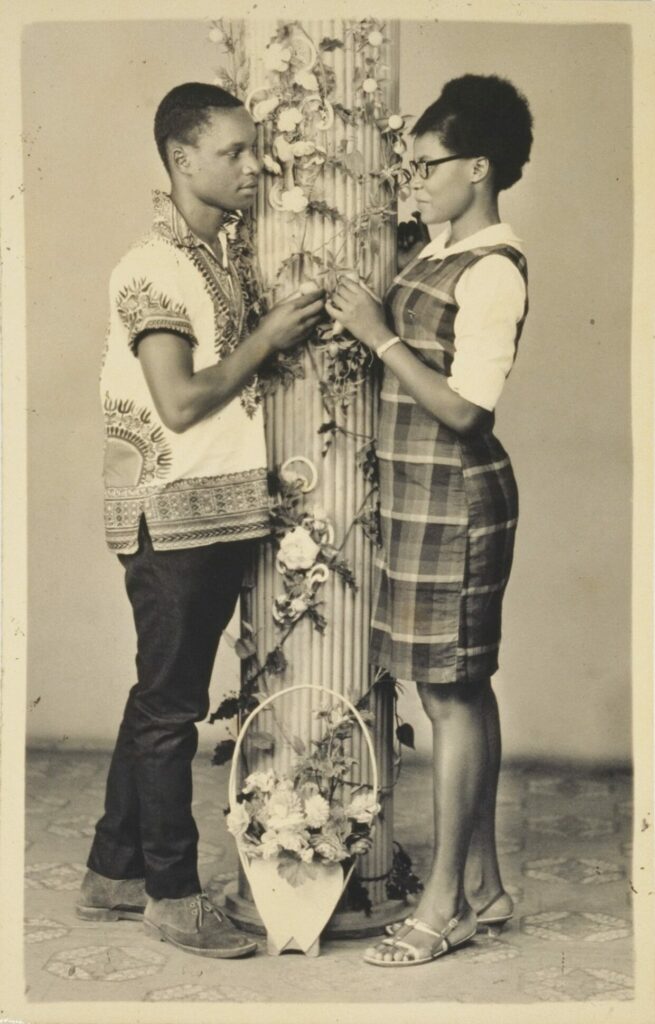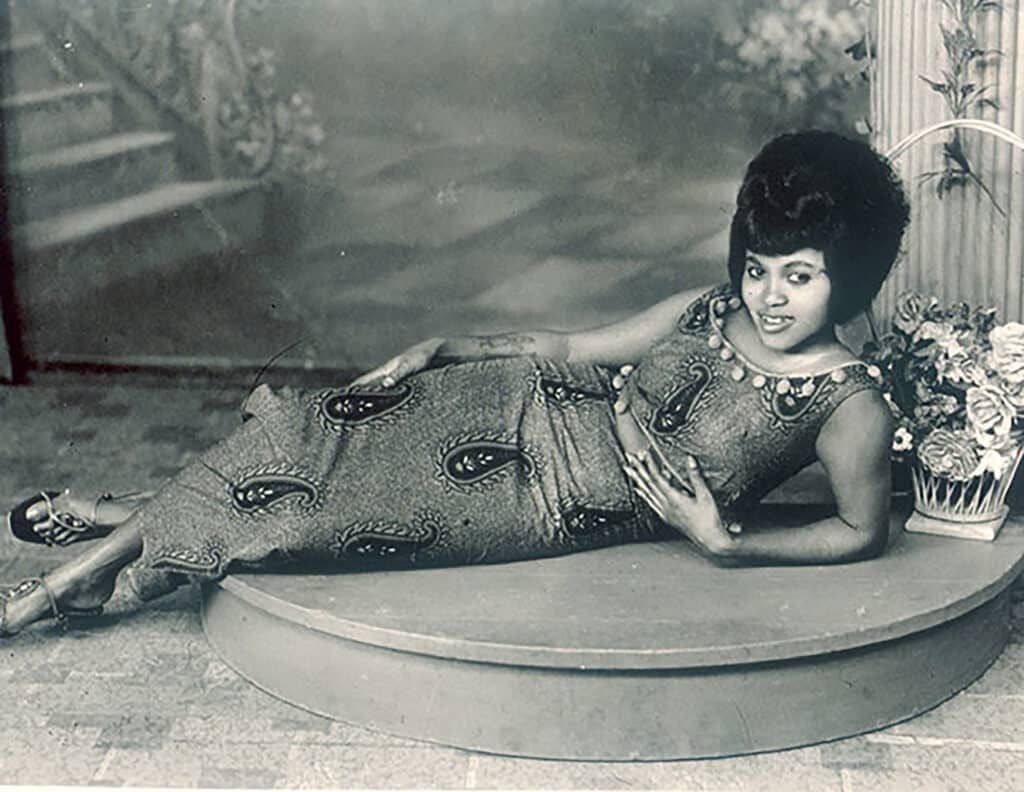In 1942, Indian photographer N.V. Parekh (1923-2007) and his brother Chandulai, opened Victory Studio in Mombasa, Kenya. Their photo envelopes bearing the philosophy of the house: “A good portrait is a happy investment in carrying interest for years to come. Let us take your life-like portrait. Arrange for a sitting now before you forget in our modern studio.”
Not even 20 at the time, Parekh came to photography by pure chance. After his father, who ran a photo studio, passed in 1939, Parekh had to find a job. The following year, he began working for a family friend who operated a photo studio, learned the craft, and went out on his own. In short order, Parekh was a success, quickly becoming one of the most sought out portrait photographers in East Africa.
During the decades leading up to Kenyan independence in 1963, Parekh would produce an extraordinary number of photos of the era. But his archive was lay hidden until 2000 when Isolde Brielmaier, art history doctoral candidate at Columbia University set to work unearthing this hidden chapter of Asian African photo history. In conjunction with the recent publication of I Am Sparkling: N.V. Parekh and His Portrait Studio Clients, Mombasa, Kenya, 1940–1980.
Glamour and Fantasy
As Kenya barreled towards independence during the mid-twentieth century, Victory Studio became a space of possibility. Within the sanctuary of this private space, clients were now free to imagine, explore, and play with the expression of identity. The portrait, being equal parts construction and likeness, became a canvas on which they could act their dreams and aspirations, composing an image for posterity that would simultaneously empower them to create a future self.
“The term ‘photography’ in many ways seems inappropriate for the ways in which many Mombasa residents conceived of and described their experiences in the studio,” Isolde Brielmaier reveals in the introduction of I Am Sparkling. The studio clients Brielmaier spoke with when researching this work spoke of the interaction between sitter and photographer to make the picture itself, perhaps in the same manner one might collaborate with a painter on a portrait.
The element of performance is integral to photographer N.V. Parekh’s work, as sitters were free to imagine their identities beyond the traditional markers of class, religion, status, gender, and ethnicity. Some drew inspiration from the silver screens of Hollywood and Bollywood to express their own ideals of glamour and fantasy.
“Indian film is about romance and dreams,” Parekh told Brielmaier. “I think that ordinary folks go to see movies in order to escape life’s more difficult realities. They see their dreams come true on the screen and this is achieved through a world of performance, beauty, music…. And this is exactly what I would try to capture in the studio when I took such cinema-like photographs.”
“I Am Sparkling”
N.V. Parekh’s clients were first Asian Africans and then members of Swahili communities, particularly in the years following independence with the rise of an urban bourgeoisie. “The idea of a new urban self as proud, striving, achieving, an acquiring figures prominently in many (although not all) of the portraits produced in the 1960s and 1970s,” Isolde Brielmaier writes.
During these years, N.V. Parekh’s photographs moved away from colonial-imposed notions of a collective identity. However, Parekh still embraced idealization over reality, preferring to highlight a sitter’s best features, rather than show life’s unflattering realities. “A photograph should appeal to the eyes and to the heart,” Parekh told Brielmaier, when explaining his idea of the “true portrait.” Indeed, many desire an exalted image that reveals their highest self, a resplendent mix of mind, body, and spirit that makes them feel affirmed.
Brielmaier spoke with one sitter, Mrs. Uweso, who visited Parekh during the course of her life for “glamour shots” the she could hang in her home or gift to her husband. “I really liked to see what I looked like at different stages in my life and these types of photos gave me the opportunity to do so. They made me think about who I a and sometimes who I wanted to be: they could remind me what I wanted to do in my lifetime,” Mrs. Uweso said.
“This is what photography is for…keeping track of yourself, your thoughts and all the different things that could happen in your life. And at the same time, in the studio I could dream. Look at the light, the glow…it looks as if I was floating in another world. I am sparkling.”
I Am Sparkling: N.V. Parekh and His Portrait Studio Clients, Mombasa, Kenya, 1940–1980 is published Damiani, € 45.00.

